The science and services of NOAA and FMI impact the lives and livelihoods of Americans and Finns each and every day, writes NOAA’s Mark Paese.
The United States and Finland face many of the same challenges as we confront climate change. Weather patterns are changing even today, and we are both seeing more drought, flooding, heat waves, and forest fires. During 2021 alone, the United States experienced 20 separate billion-dollar weather and climate disasters with a price tag of $145 billion.
The science and services of the U.S. National Oceanic and Atmospheric Administration (NOAA) and the Finnish Meteorological Institute (FMI) impact the lives and livelihoods of Americans and Finns each and every day. NOAA and FMI are working to ensure we deliver timely, accurate, precise, accessible and usable weather, water and climate information so leaders and individuals can make the right decisions for themselves and their communities today and in the future.
Discussions on future cooperation in Sodankylä
My recent return visit to FMI’s Arctic Space Centre in Sodankylä was an opportunity to discuss how we can further our cooperation under the NOAA-FMI Agreement for Cooperation in the Field of Atmospheric Science and Technology, signed virtually in 2021. I was pleased to see the progress on antenna construction and tall tower instrumentation at Sodankylä as well as to hear about the breadth of science being conducted on site and in collaboration with NOAA and other partners.
Together with our colleagues from FMI we had productive discussions on NOAA’s potential use of FMI antennas for data downlink services, cooperation on space weather and space situational awareness, near-real time monitoring of Arctic atmospheric composition, as well as opportunities for collaboration to enhance service provision and research related to carbon monitoring, flooding, fires and air quality.
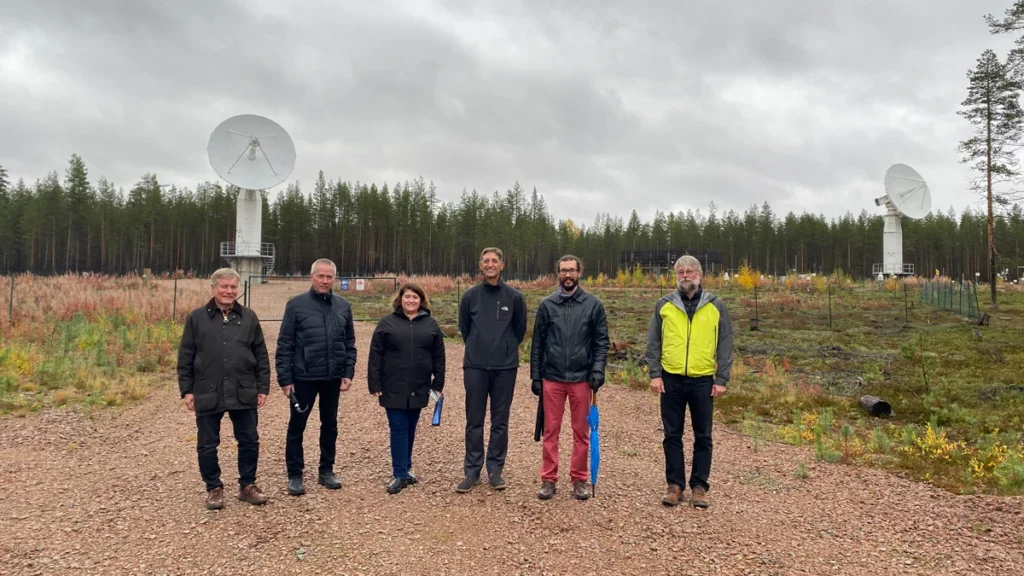
Moreover, I was impressed by the diversity of stakeholders who joined us for my seminar at FMI Headquarters in Helsinki as well as for the discussion that followed. As I discussed in my seminar presentation, NOAA’s pursuit of a fully integrated and holistic Earth system approach to weather, water and climate as well as biology, chemistry and human activity requires us to push boundaries – both political and scientific.
International partnerships, including the NOAA-FMI partnership, together with cross-disciplinary scientific collaboration are essential to advance the integrated environmental modeling systems needed to ensure our weather and climate services provide decision makers at the international, national and local levels with the information they need to make the best choices for their communities.
“Our weather and climate services provide decision makers with the information they need to make the best choices for their communities.”
During the stakeholder discussion we had an opportunity to engage on a range of topics including the role of the private sector in developing next generation in-situ instrumentation to help us better understand storm systems, satellite instruments to help us better understand and predict space weather events, and space situational awareness. I was once again struck by the similarities in our challenges and opportunities.
Increased demand for our data, information and services
It was clear that both NOAA and FMI are seeing increasing demand for our data, information and services. No one nation can afford to meet those needs alone. It will take a global scientific community to find locally-relevant solutions to our shared global challenges.
I am confident that NOAA and FMI working together, can help enhance our communities’ shared understanding of the changing climate and help them better prepare for, and take action to reduce, the impacts of climate change to ensure all our communities are safe, healthy and prosperous.
Mark Paese
Deputy Assistant Administrator, NOAA National Environmental Satellite, Data & Information Service (NESDIS)
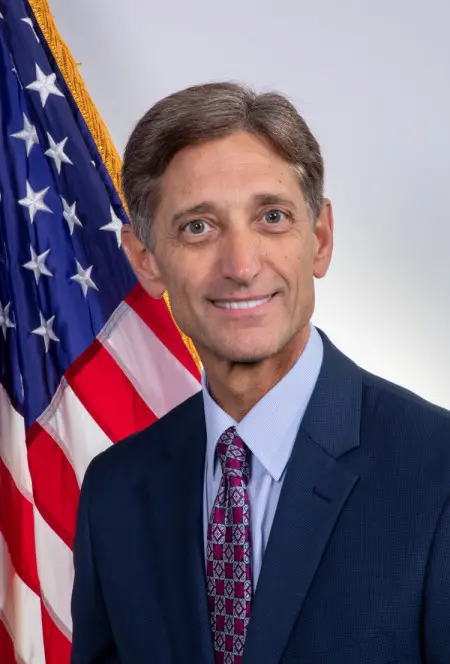
Credits: Finnish Meteorological Institute
Original comment on FMI website (in English): https://en.ilmatieteenlaitos.fi/comment/6WIXPgNzWgy19yyZ1FGfMR
Original comment on FMI website (in Finnish, suomeksi): https://www.ilmatieteenlaitos.fi/puheenvuoro/7yJOSBHNQJuhbQ3Ll9SZYV



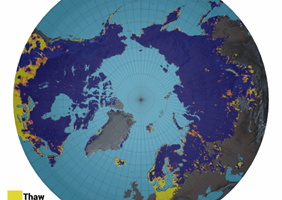
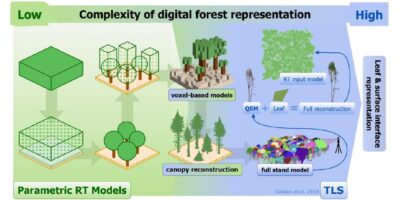

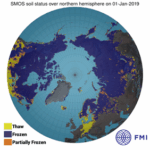

Leave a Reply
You must be logged in to post a comment.